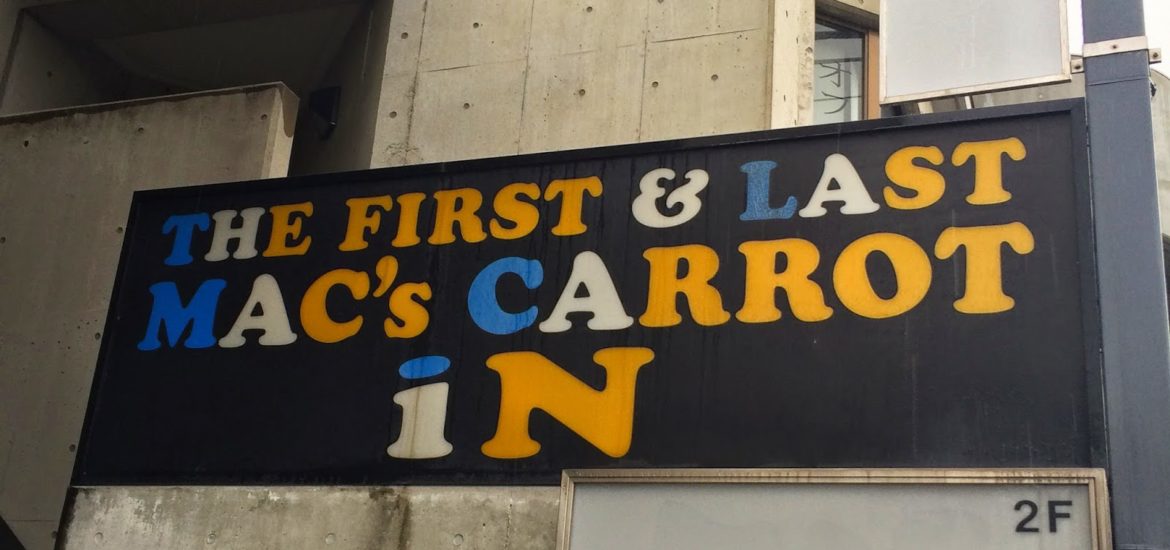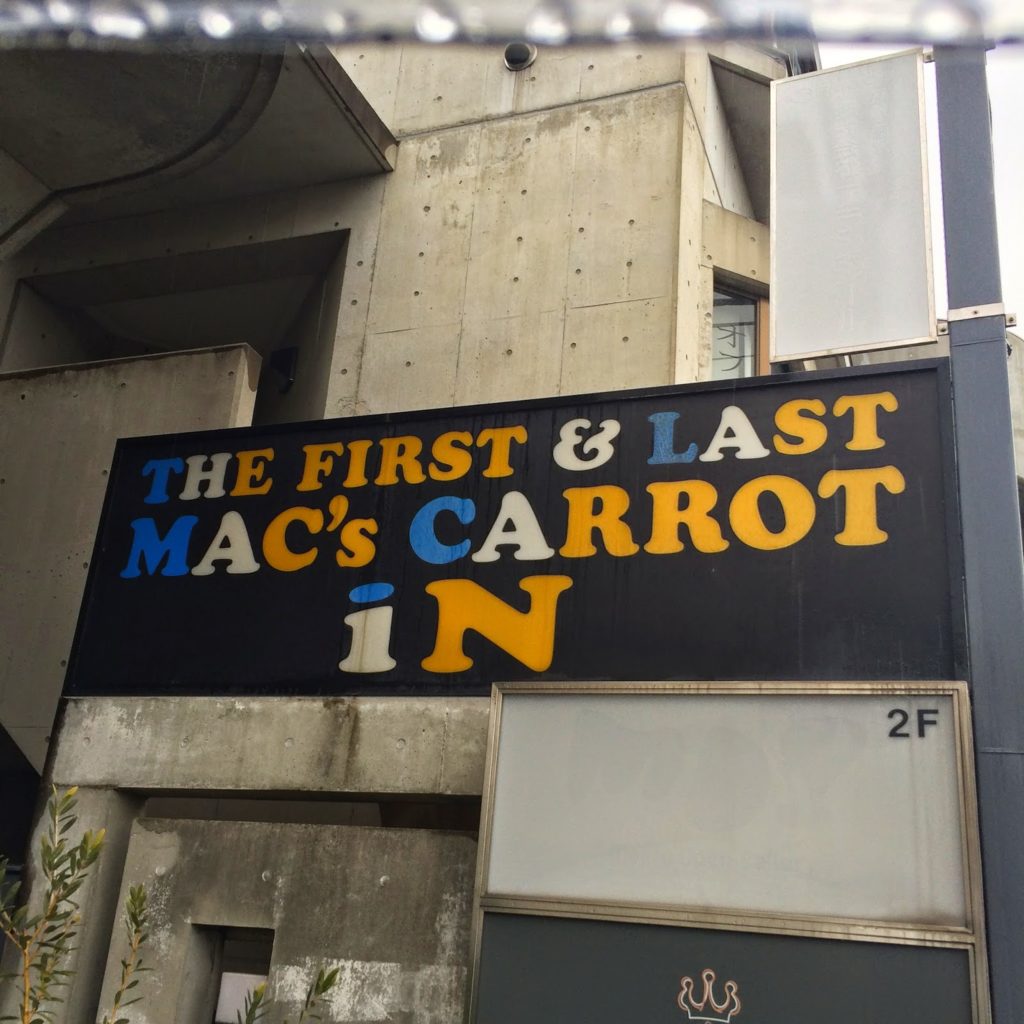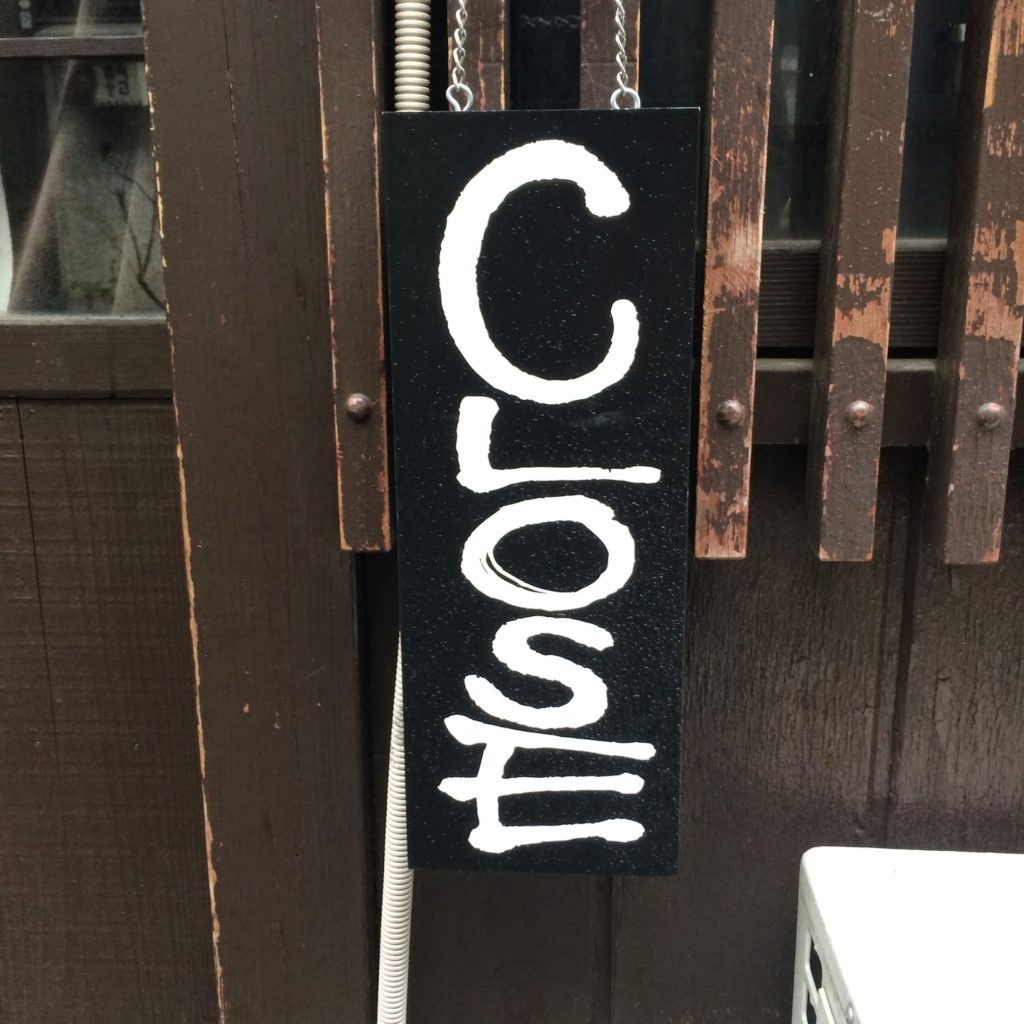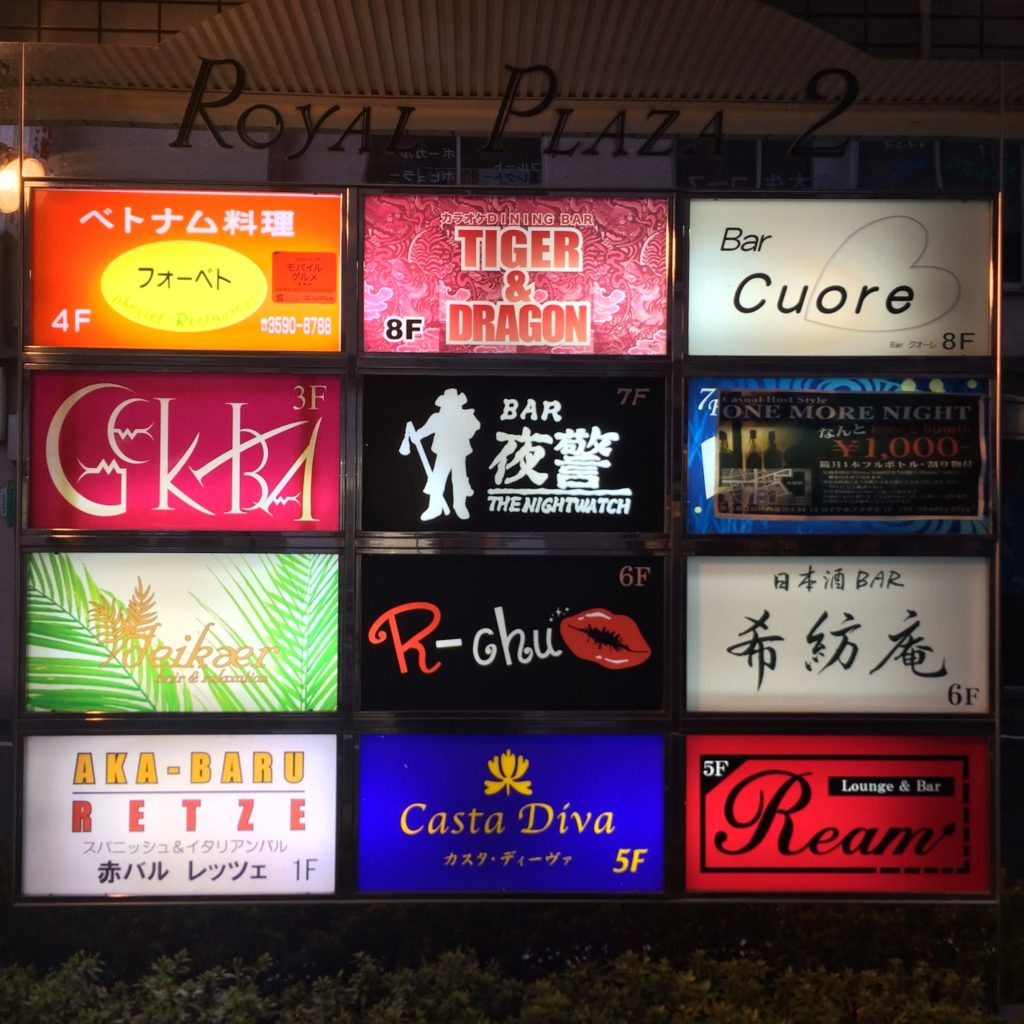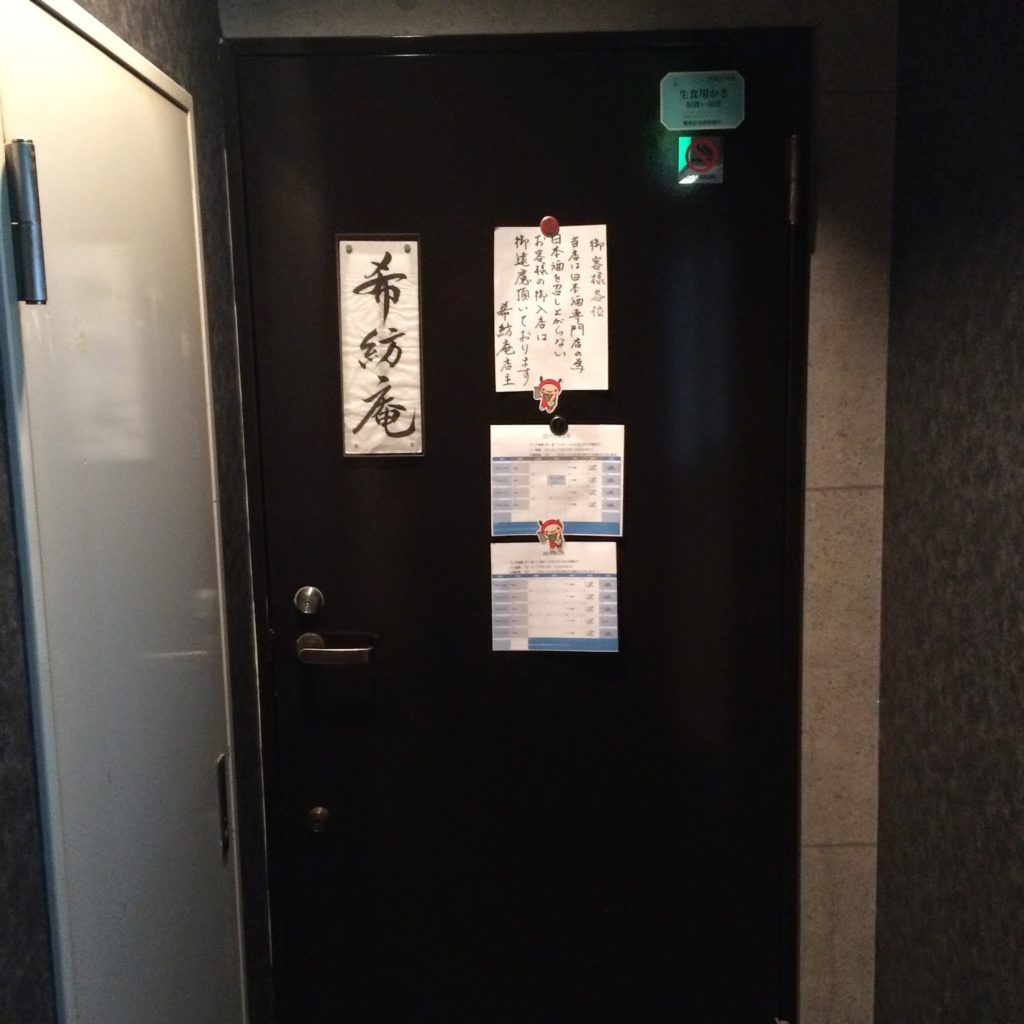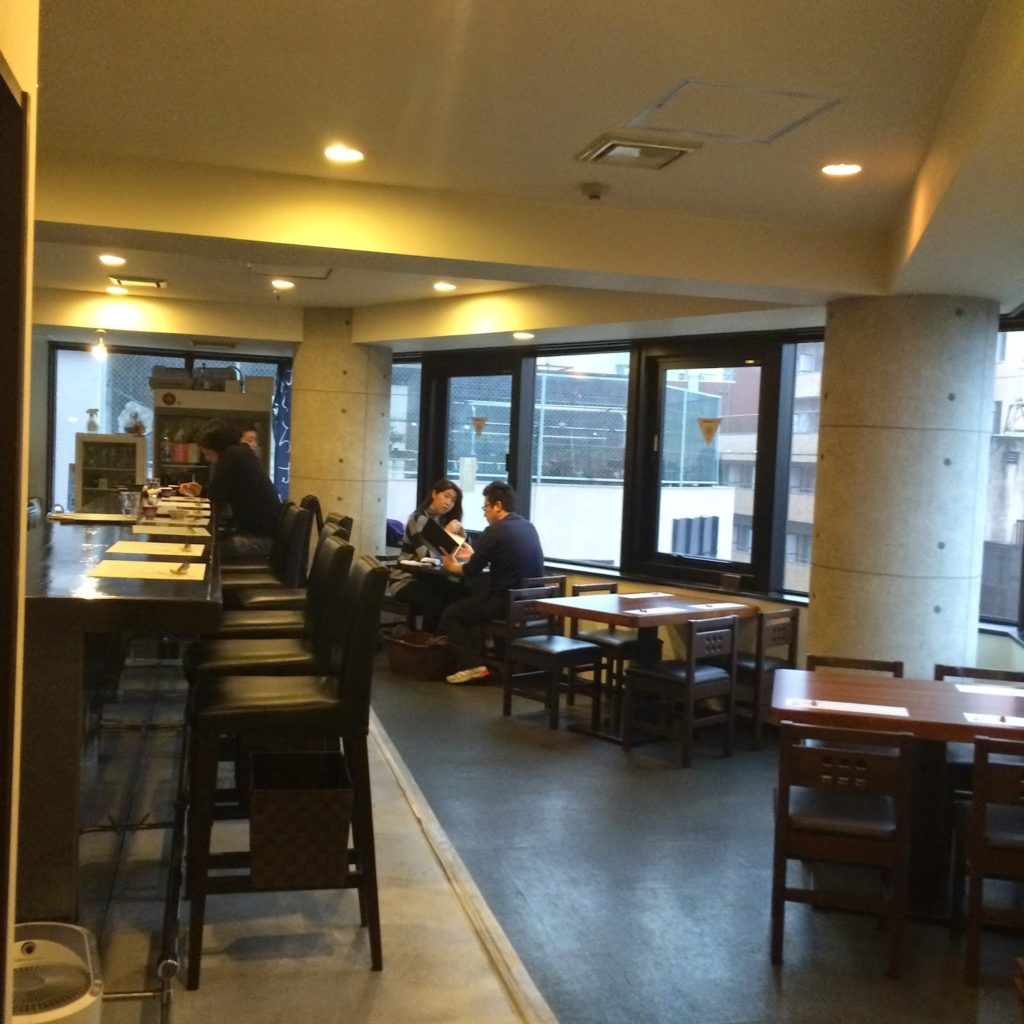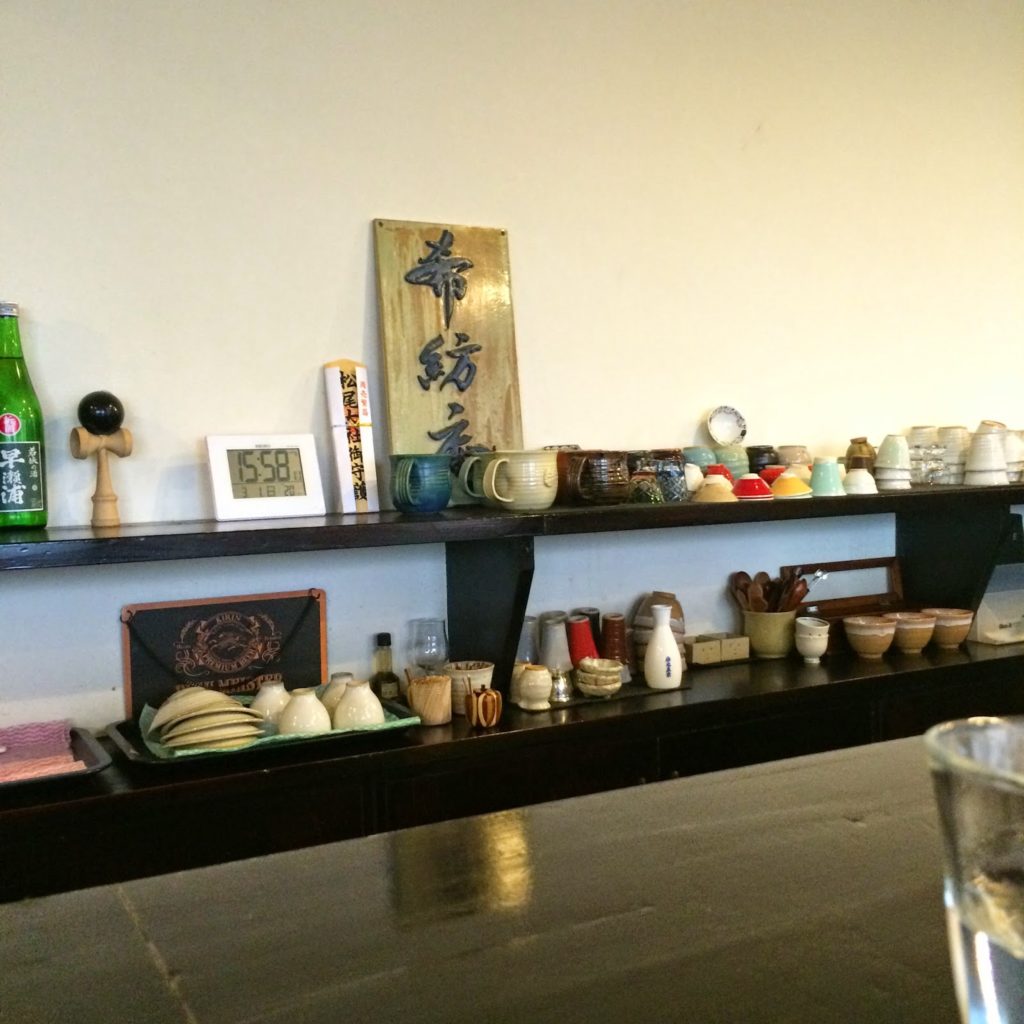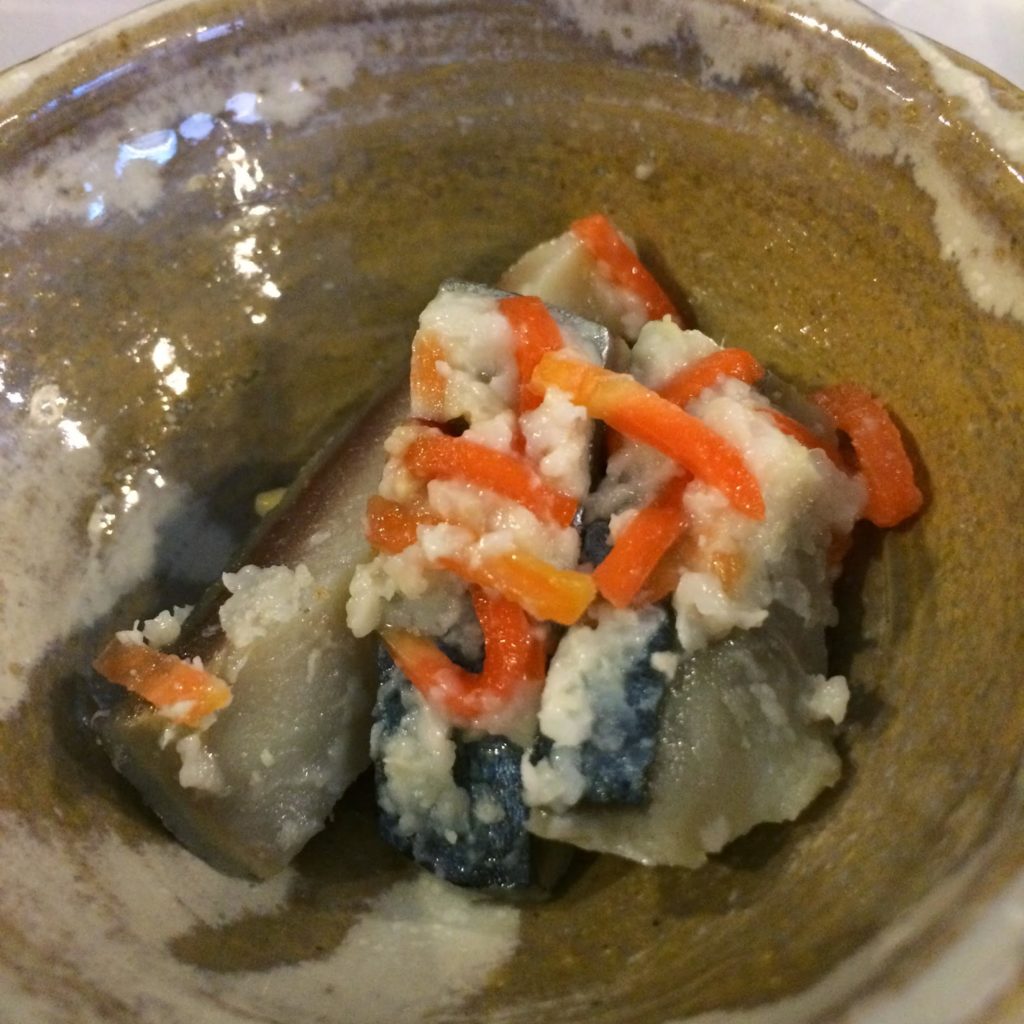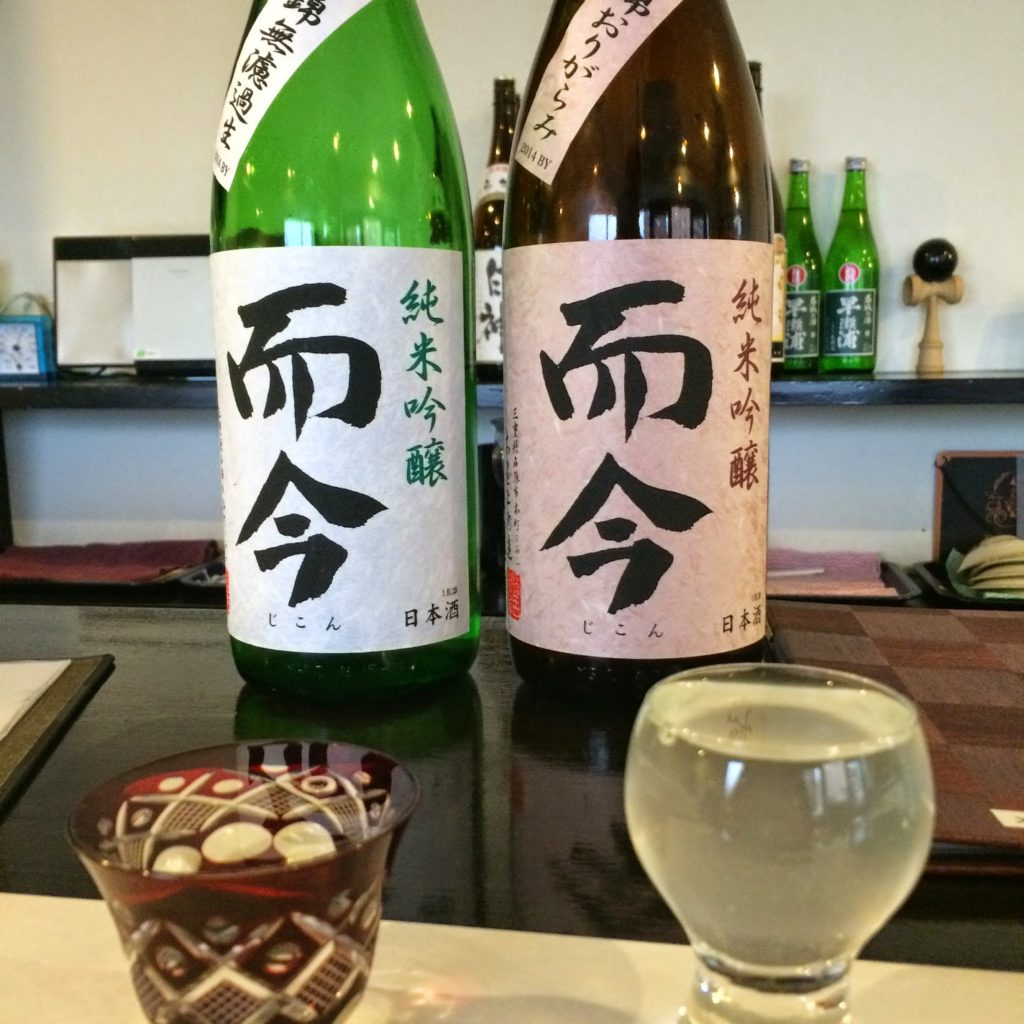Urban hiking. I just love walking in Tokyo. Today I was out for a medium hike, starting in Shin Okubo (just north of Shinjuku) and hiking to Ikebukuro to look for a couple places I had seen online but forgot to get links or addresses for. So you could say I was hiking four stations in the rain with no clear idea where I was going and that wouldn’t be unfair.
I was walking around in circles for what seemed like ages. I’ve got limited time these days, so not finding places, or finding them closed or full, isn’t on my agenda any more. On my third trip past this block of signs, I finally realized that my target had been in plane site the whole time, just hiding its light under a bushel by association. There it is ‘Bar Ream’. It only says this on the sign upstairs, but I swear to you that the subtitle is ‘A bar for friends only’. I should hope so.
OK, that wasn’t really my goal. The place with the kanji was.
Well, up the elevator we go. Even the hardened explorer in me was daunted by this door – flat black, windowless, giving no indication of what’s inside except a single page loosely reading “We only have saki. If you’re not going to order saki, PISS OFF.” I’ve seen this before, and actually approve of the concept even though it may indicate a certain inflexibility in other areas on the part of the originator. Actually I looked at another place in Ikebukuro recently that said “We have saki and fish. If you only want to order saki, or you only want to order fish, you’re welcome to go elsewhere.”
Well, no lack of flexibility here, just a modern, undecorated, poorly lit space with a nice counter and a couple of tables. Each place at the bar had a seasonal place setting, which I would be more impressed by if I didn’t know how easy it was to buy them in Kappabashi. Still, a point for effort, and I like an elevated counter like this.
I like the back bar too – nice variety of glasses for effective consumption.
The starter was some mackerel lightly preserved (more properly, mixed, because there was no serious effort at preservation here) in moldy rice. No, fer rilz, it was saba with koji, which is the moldy rice that serves as a sugar source for the yeast when you make saki. So another point for effort in doing something different that’s still saki-related. The usual thing would probably be sake lees instead of koji.
Turns out it’s this kind of place. About 60 types of saki on the go, from names you must know and some you won’t have heard of, and if they’re sold out of two types of Jikon and you can only get small pours of two jun-gin types made from different rices so you can compare them for Y350 each, that’s nothing to complain about. For the record, I liked the origarami, which I think was made from Omachi rice, better than the Yamada Nishiki-derived one.
